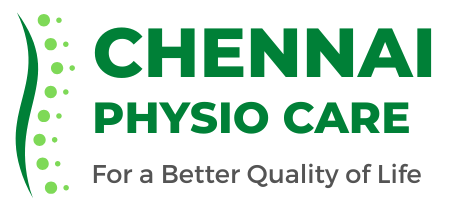7 Common Women-Specific Ailments That Require Physiotherapy
Physiotherapy plays a crucial role in managing and treating various health issues specific to women. Here are seven common ailments where physiotherapy can be highly beneficial:
1. Pelvic Floor Dysfunction
Pelvic floor dysfunction is common among women, especially postpartum. Symptoms include urinary incontinence and pelvic pain. Physiotherapy helps strengthen pelvic floor muscles through targeted exercises. Around 24% of women experience pelvic floor disorders, and the NIDDK provides detailed guidance on managing this condition.
Possible Treatments:
- Pelvic floor exercises (Kegels)
- Biofeedback
- Manual therapy
2. Pregnancy-Related Musculoskeletal Pain
Pregnancy can cause back, hip, and pelvic pain due to hormonal changes and weight gain. Physiotherapy provides pain relief through manual therapy, exercises, and posture education. According to the NIH, 50-70% of pregnant women report back pain (NIH – Pregnancy and Musculoskeletal Pain).
Possible Treatments:
- Prenatal massage
- Gentle stretching exercises
- Postural training
3. Osteoporosis
Osteoporosis, characterized by weakened bones, is prevalent in postmenopausal women. Physiotherapy helps improve bone density and strength through weight-bearing exercises. Statistics show that 1 in 3 women over 50 will experience osteoporotic fractures, as detailed by the NIH.
Possible Treatments:
- Weight-bearing exercises
- Resistance training
- Balance training
4. Breast Cancer Rehabilitation
Post-mastectomy or lumpectomy, women may experience shoulder stiffness and lymphedema. Physiotherapy aids in restoring mobility and reducing lymphedema through specialized exercises and manual lymphatic drainage. The CDC notes that approximately 20% of breast cancer survivors develop lymphedema (CDC – Breast Cancer and Lymphedema).
Possible Treatments:
- Range of motion exercises
- Manual lymph drainage
- Scar tissue massage
5. Endometriosis
Endometriosis can cause chronic pelvic pain and muscle dysfunction. Physiotherapy includes pelvic floor therapy and pain management strategies to alleviate symptoms. The NIDDK reports that endometriosis affects 1 in 10 women of reproductive age (NIDDK – Endometriosis).
Possible Treatments:
- Pelvic floor therapy
- Myofascial release
- TENS (Transcutaneous Electrical Nerve Stimulation)
6. Postpartum Recovery
After childbirth, women may experience diastasis recti, back pain, and pelvic floor weakness. Physiotherapy helps in regaining strength, correcting posture, and resolving muscle separation. The NIH indicates that diastasis recti occurs in up to 60% of postpartum women (NIH – Postpartum Physical Therapy).
Possible Treatments:
- Core strengthening exercises
- Postural correction
- Pelvic floor rehabilitation
7. Menopause-Related Musculoskeletal Issues
Menopause can lead to joint pain, stiffness, and decreased bone density. Physiotherapy provides exercises and techniques to manage these symptoms effectively. The NHS states that 60% of menopausal women report joint pain (NHS – Menopause Symptoms).
Possible Treatments:
- Strength training
- Flexibility exercises
- Joint protection techniques
Conclusion
Physiotherapy offers significant benefits for women facing these health issues, helping them maintain a high quality of life. If you experience any of these conditions, consider consulting a physiotherapist for a personalized treatment plan.
